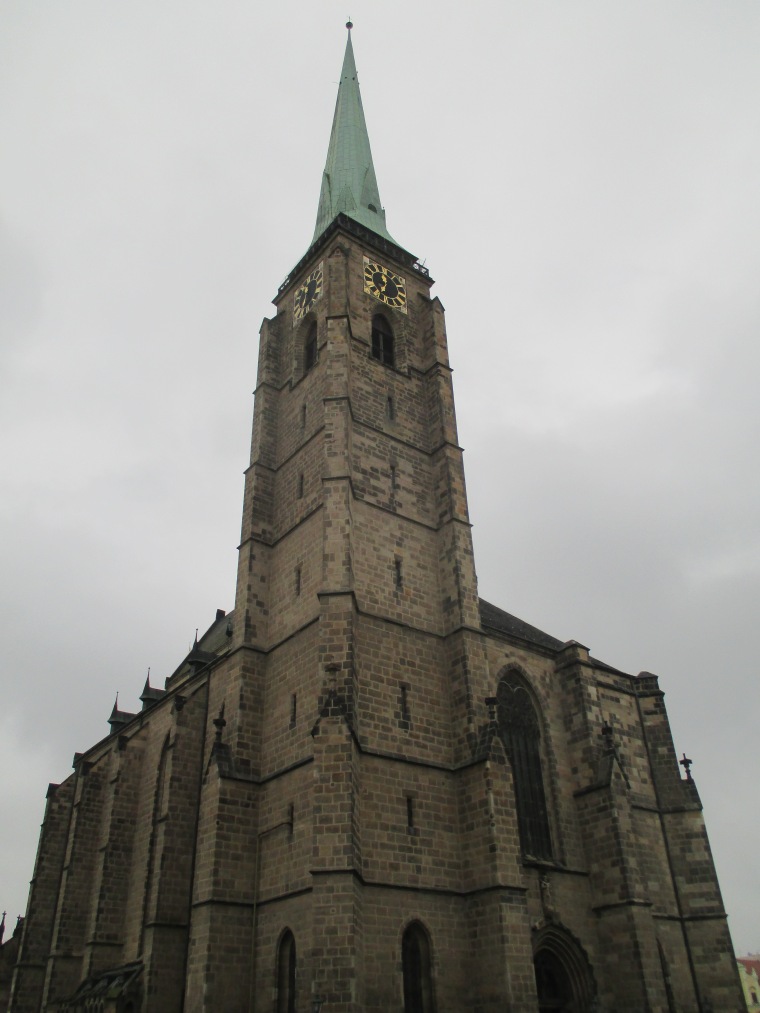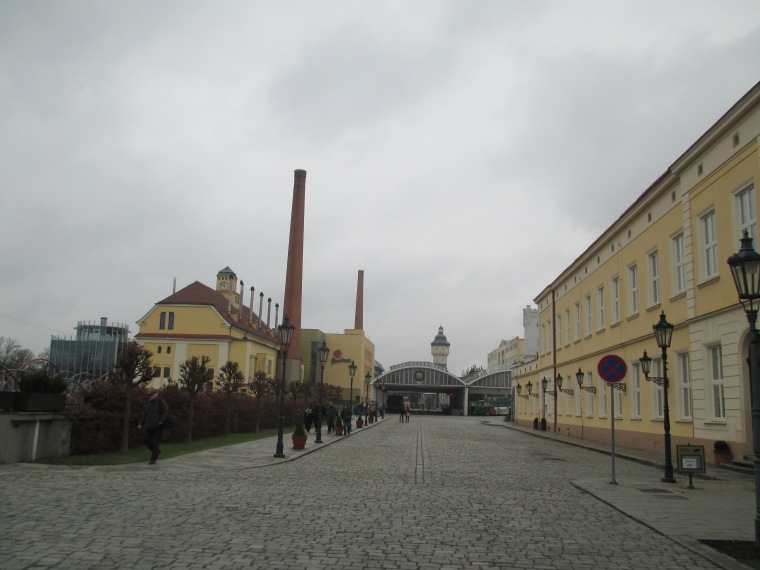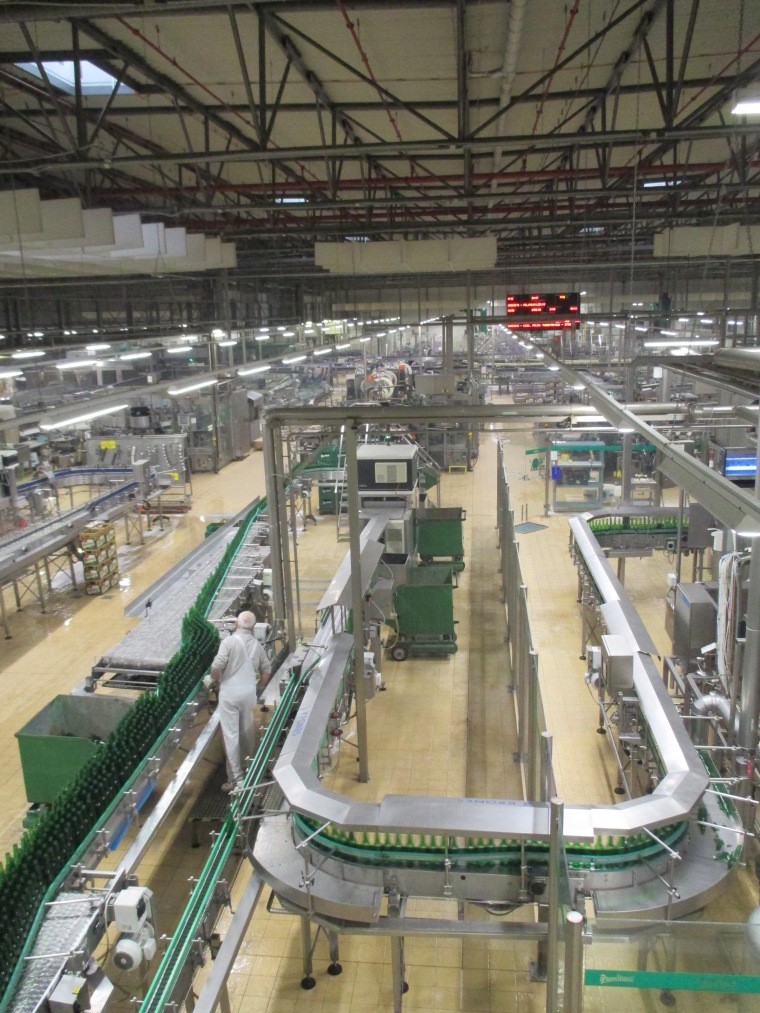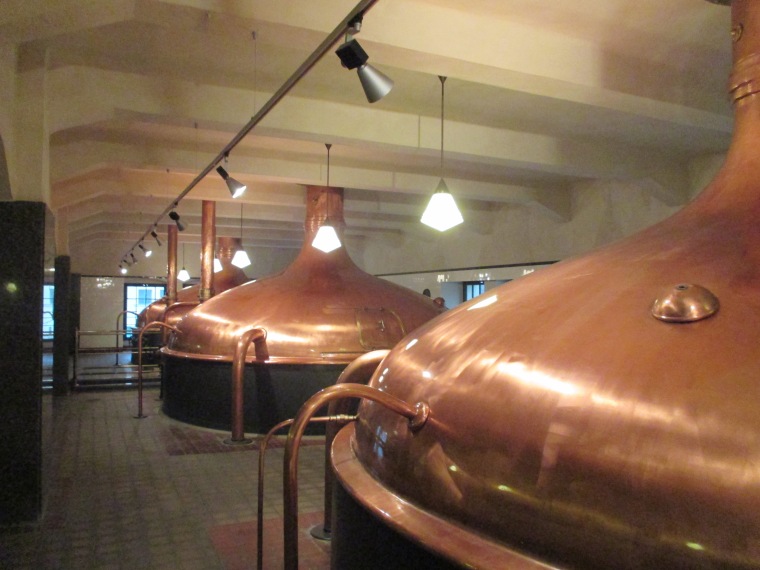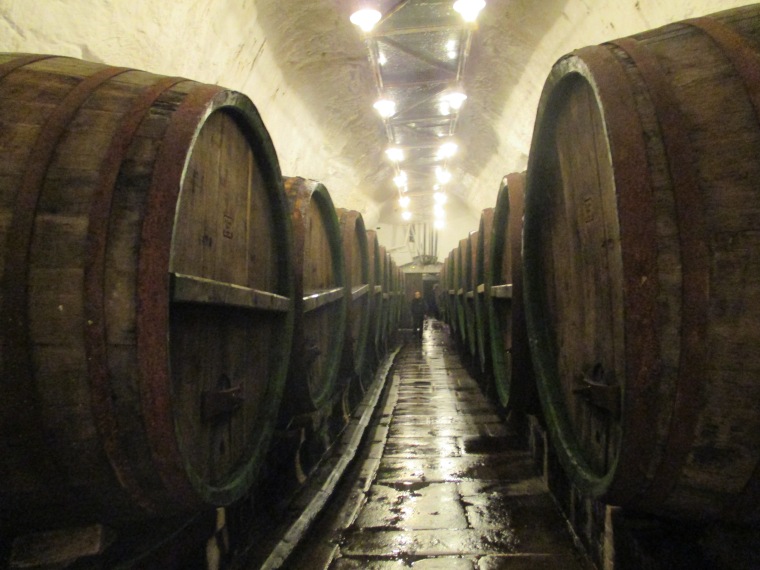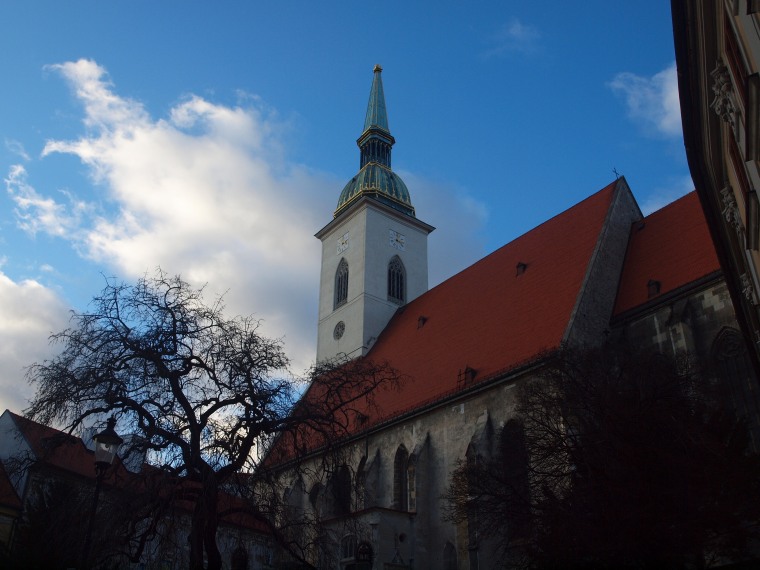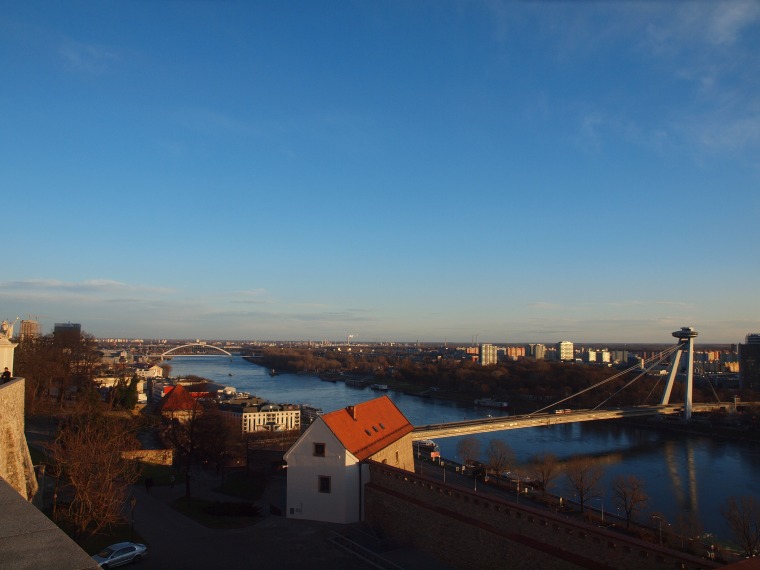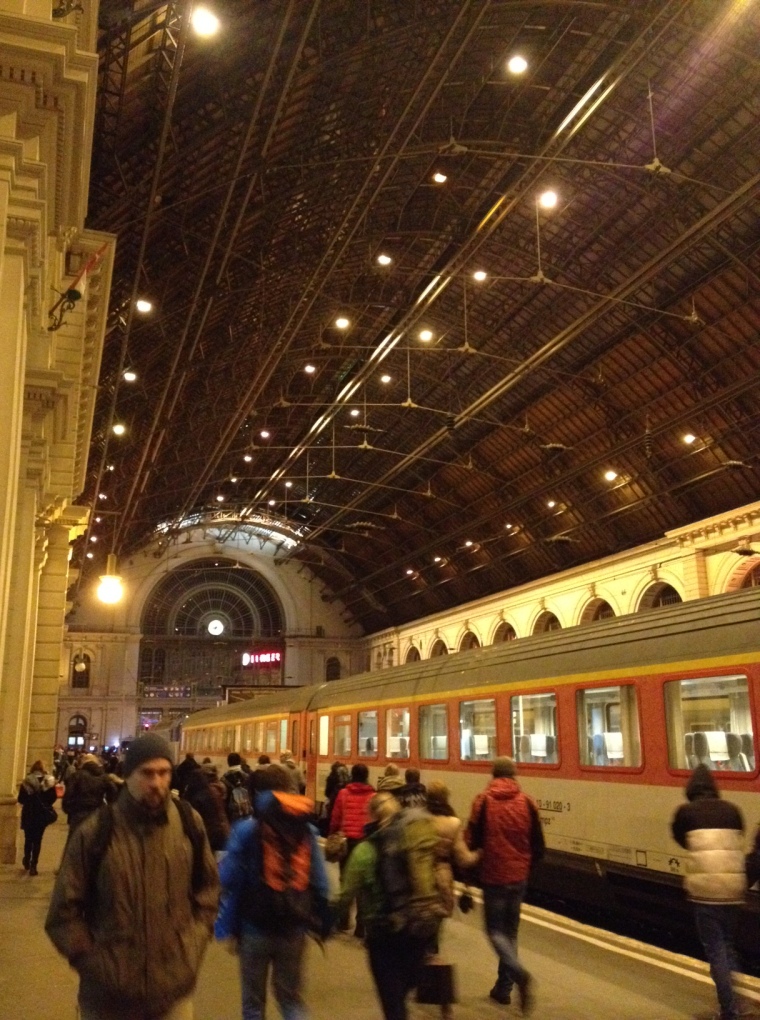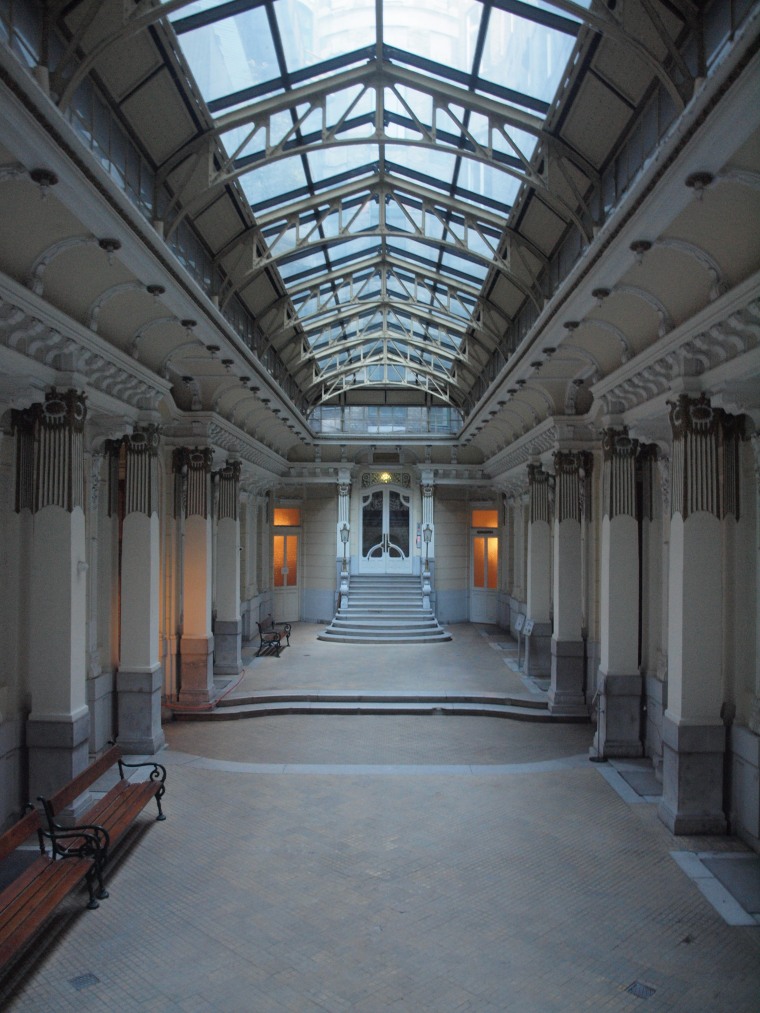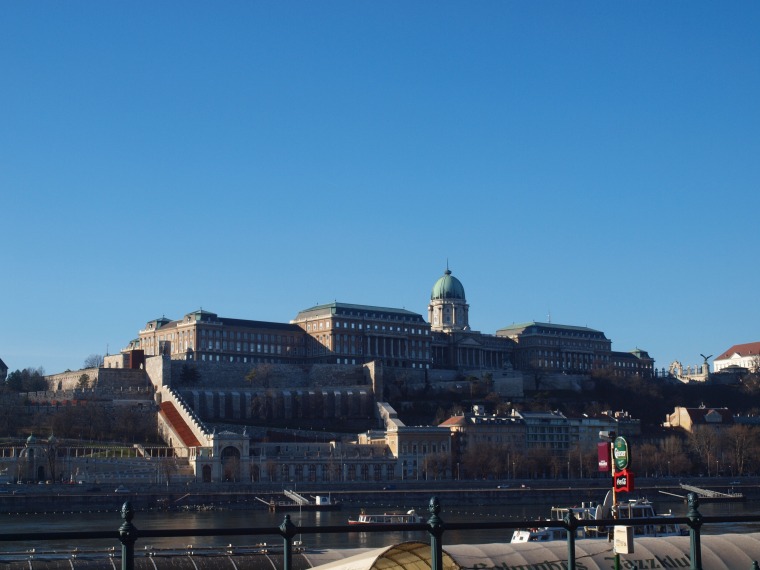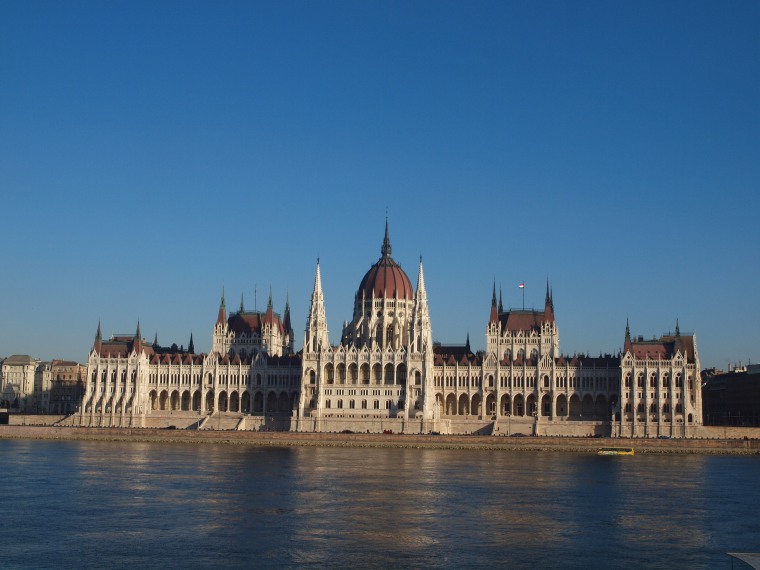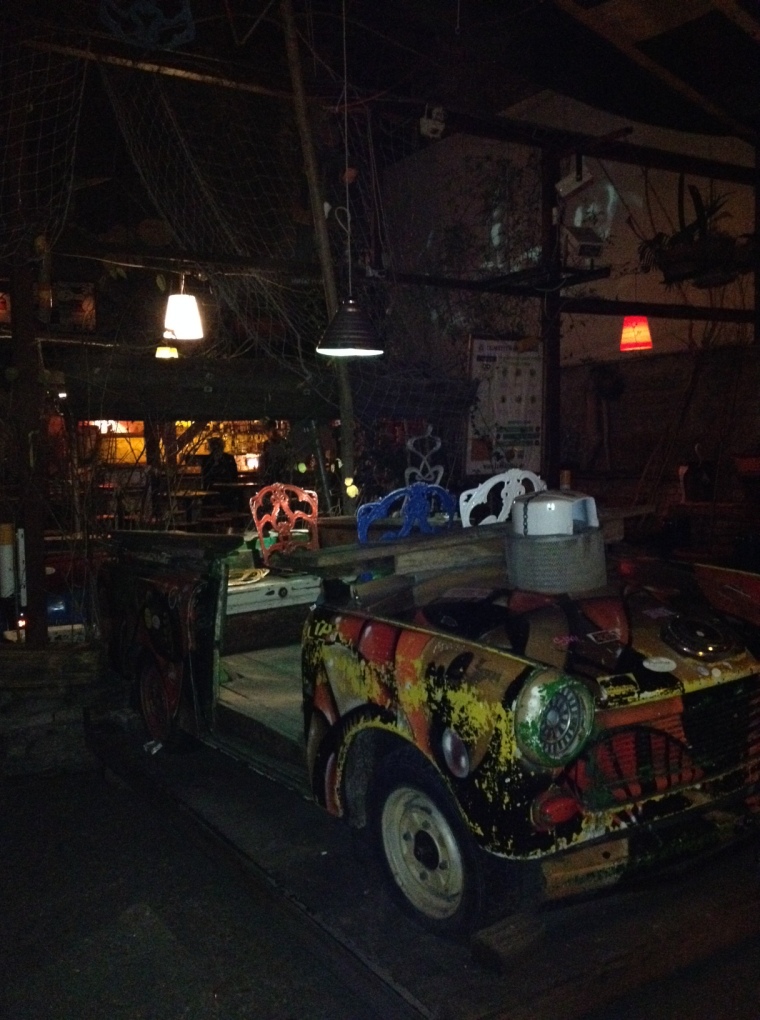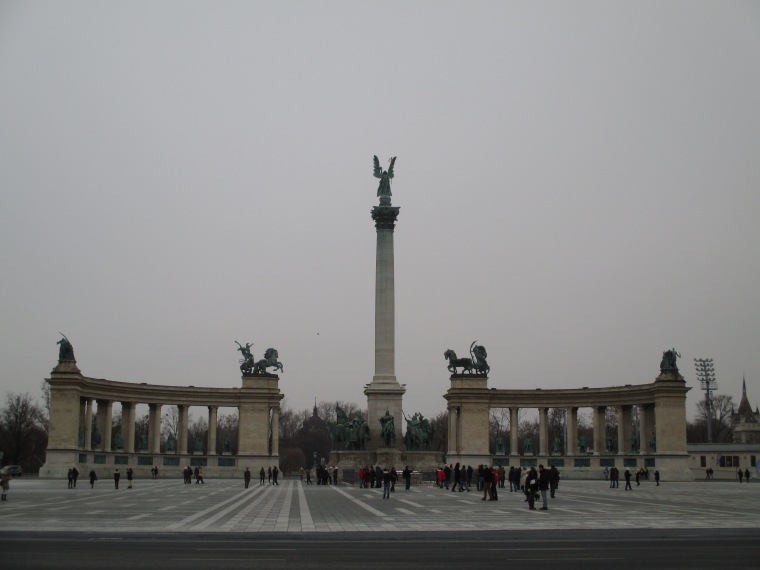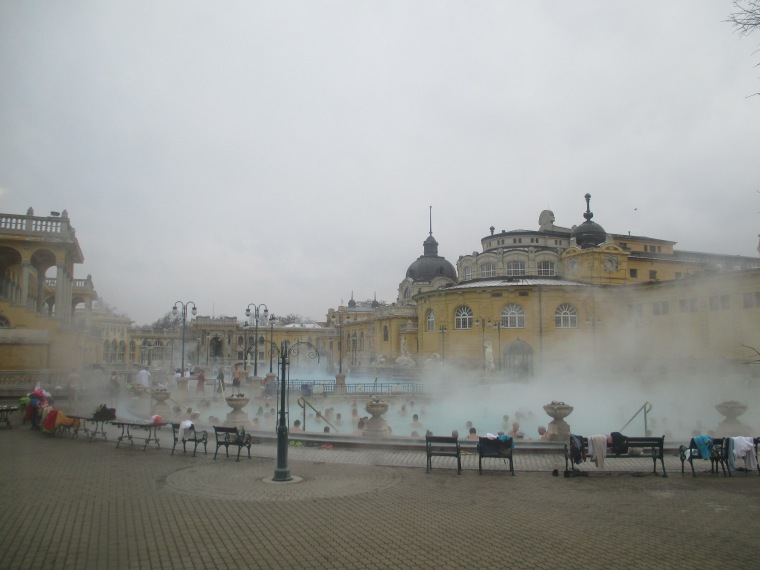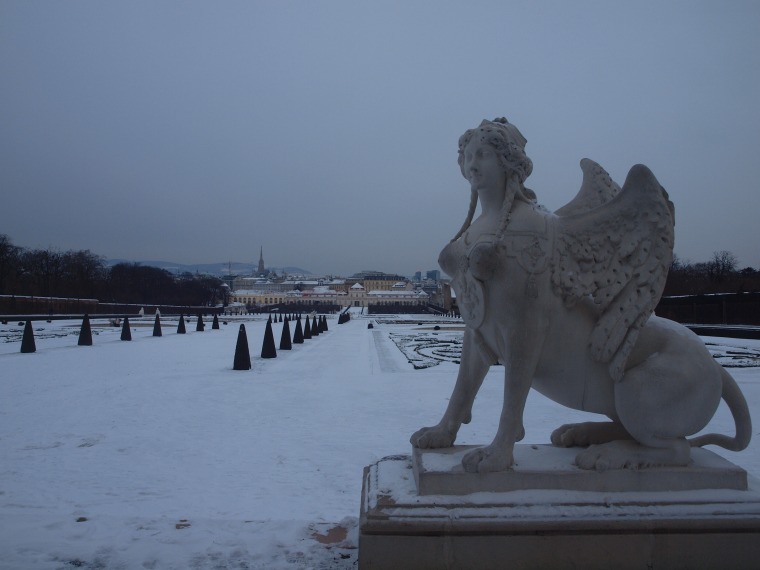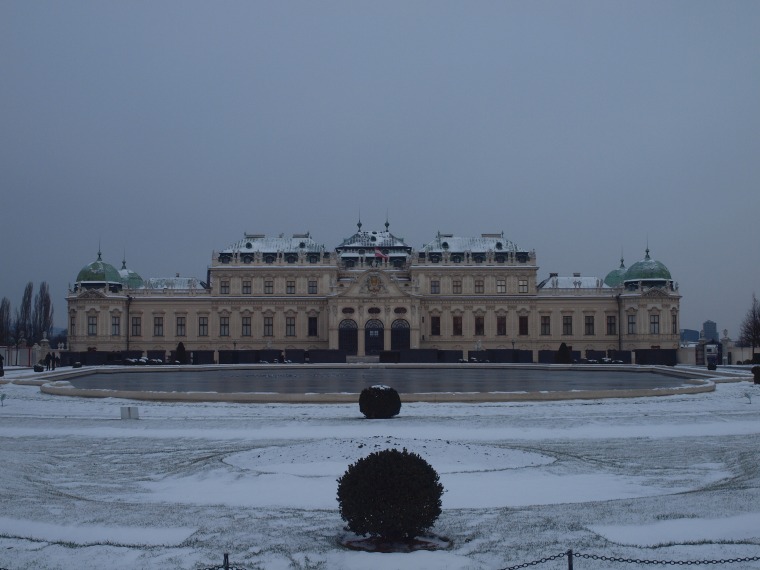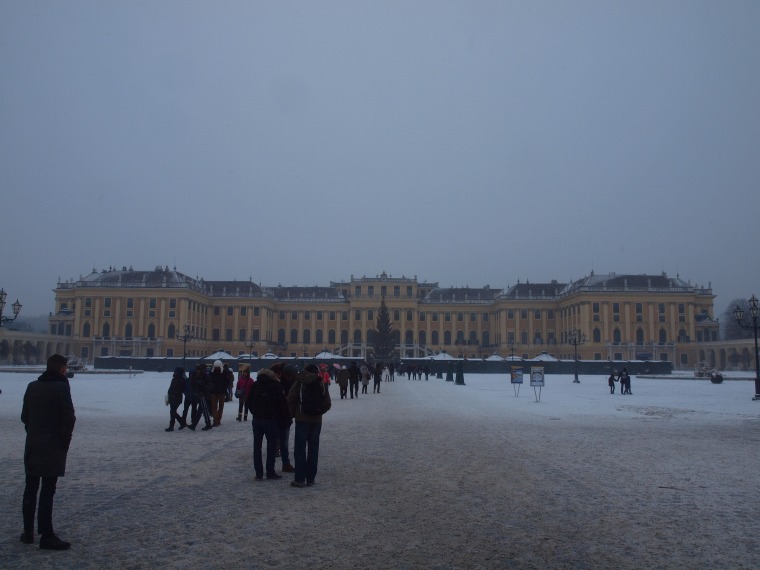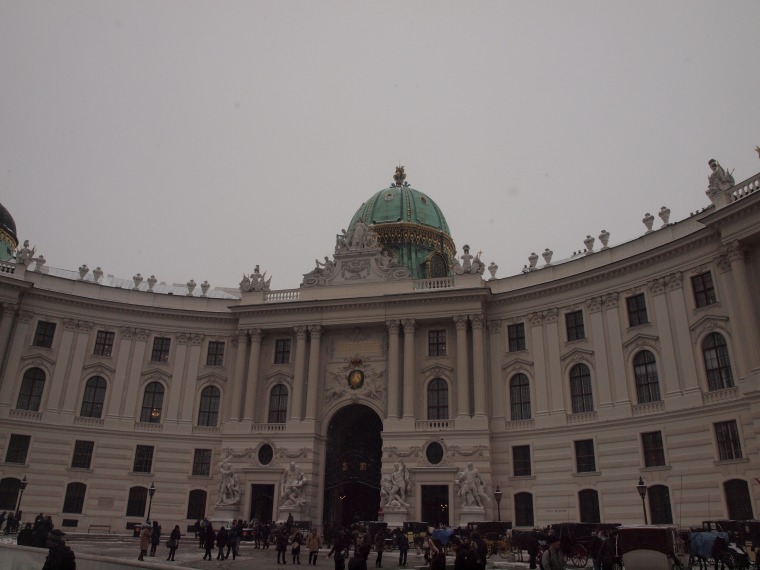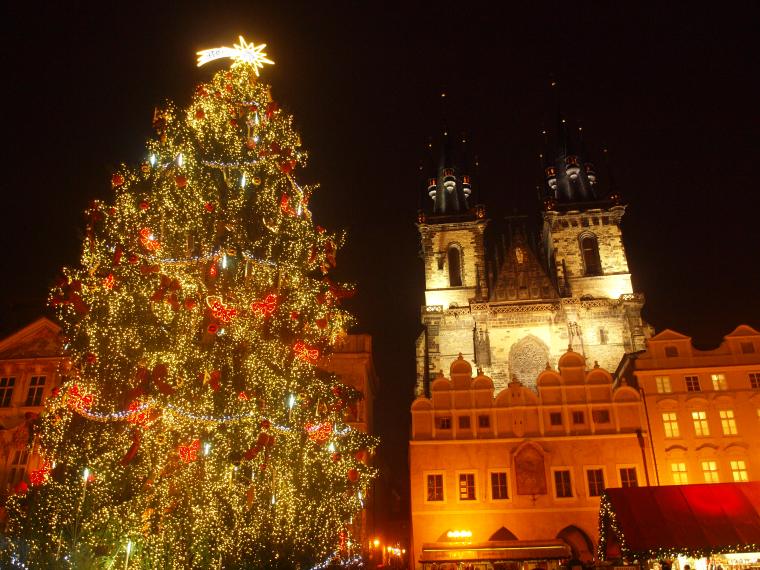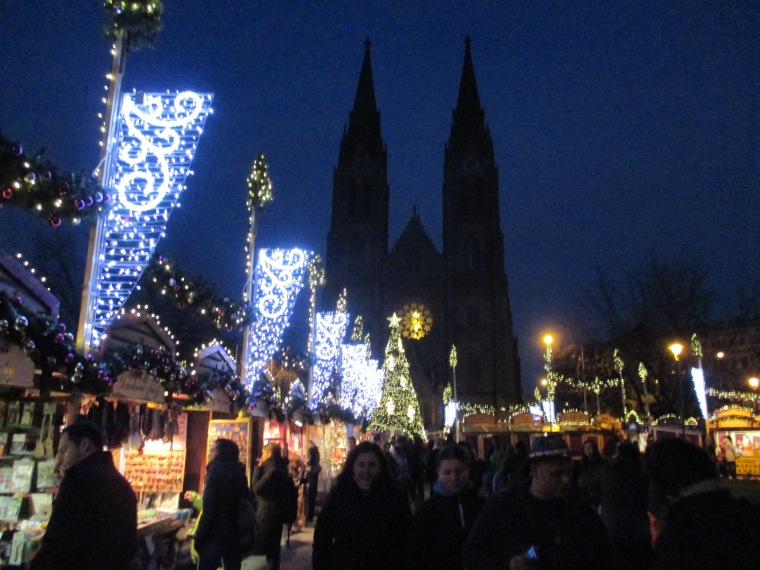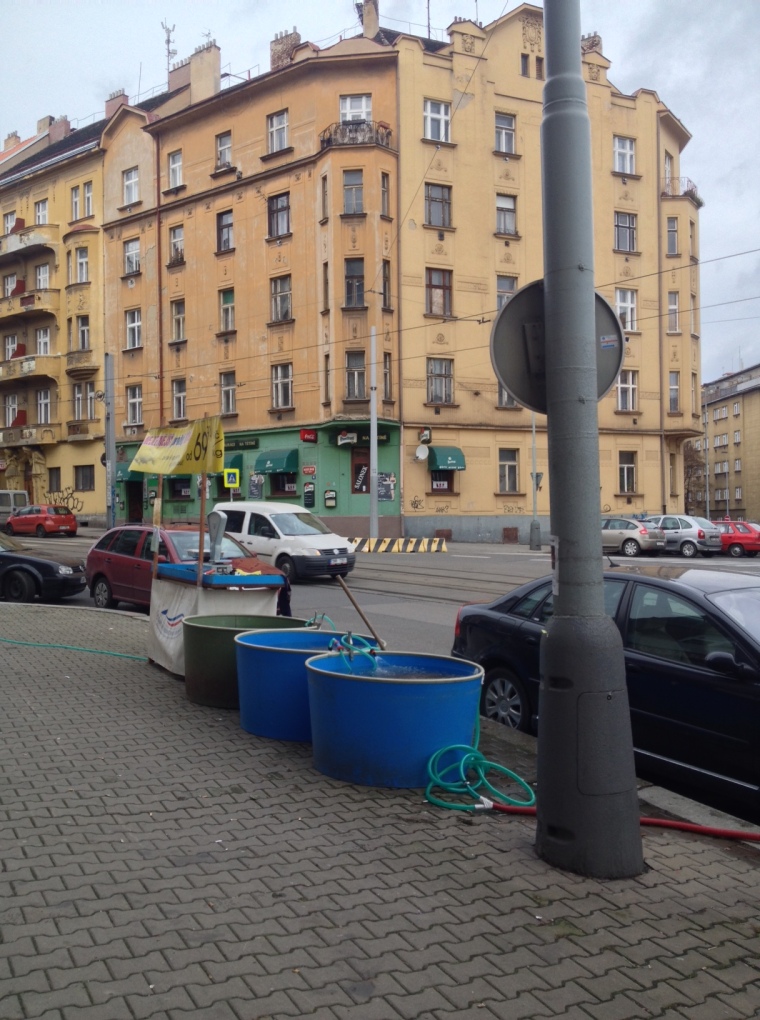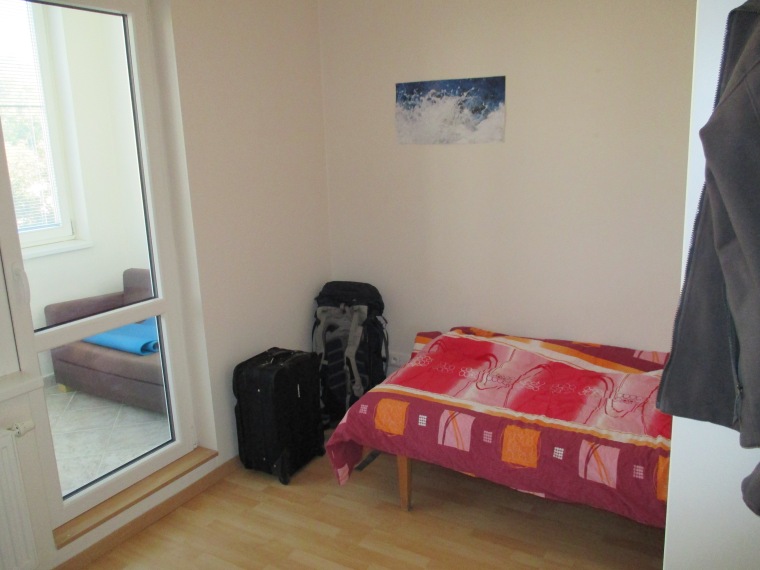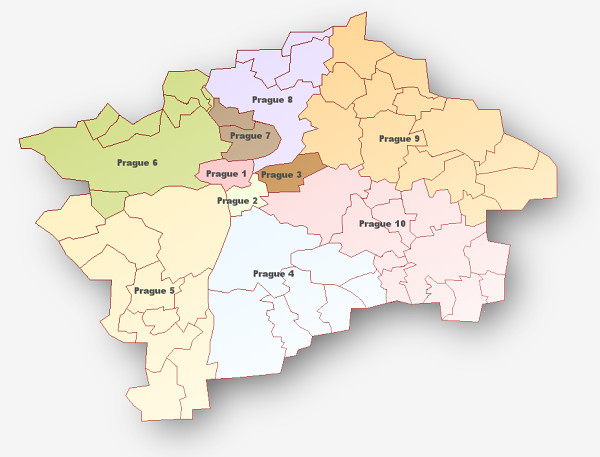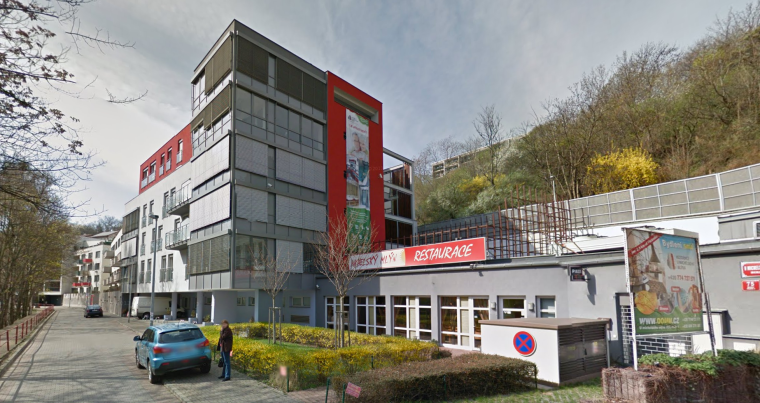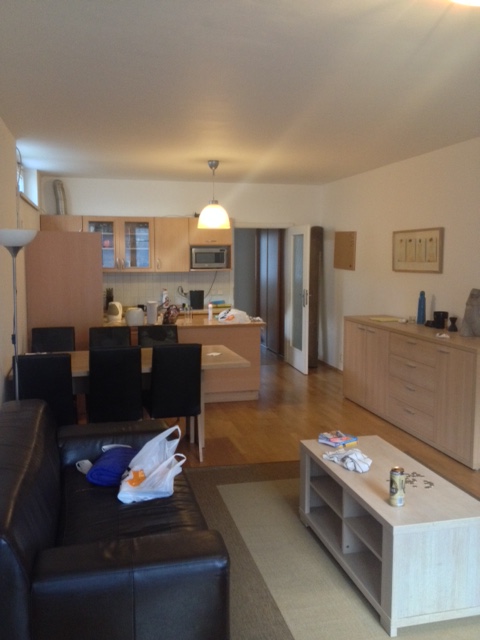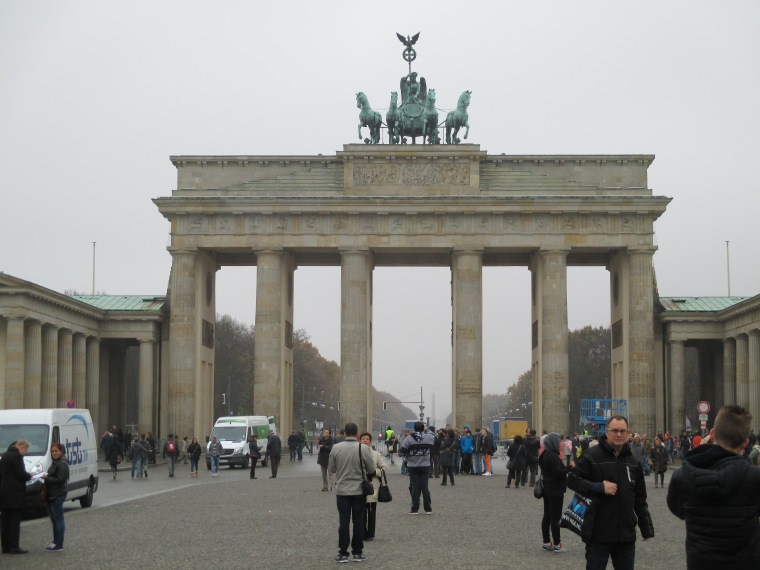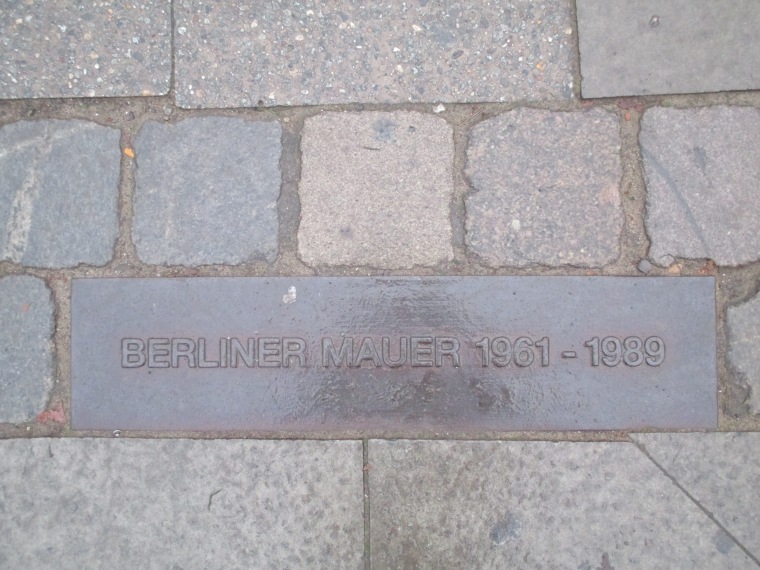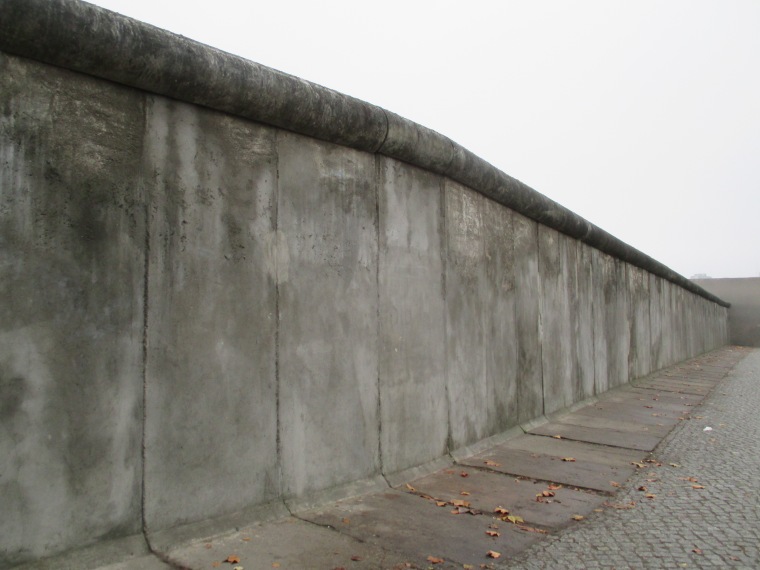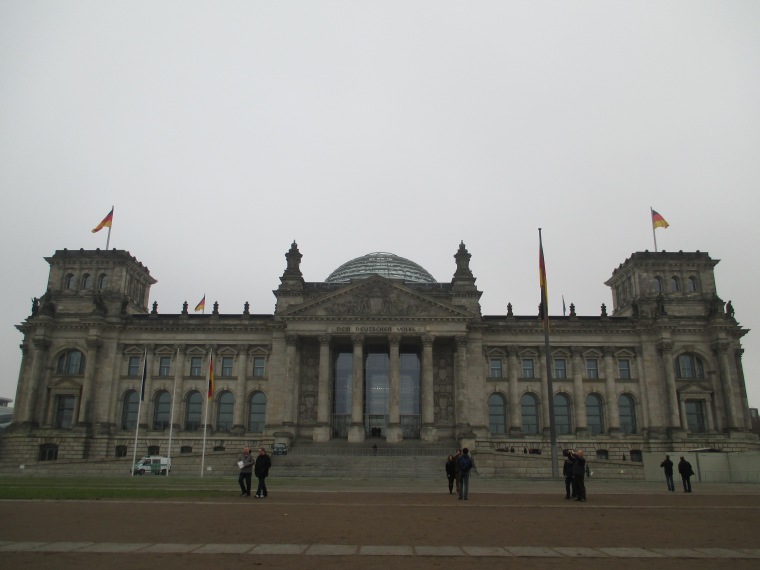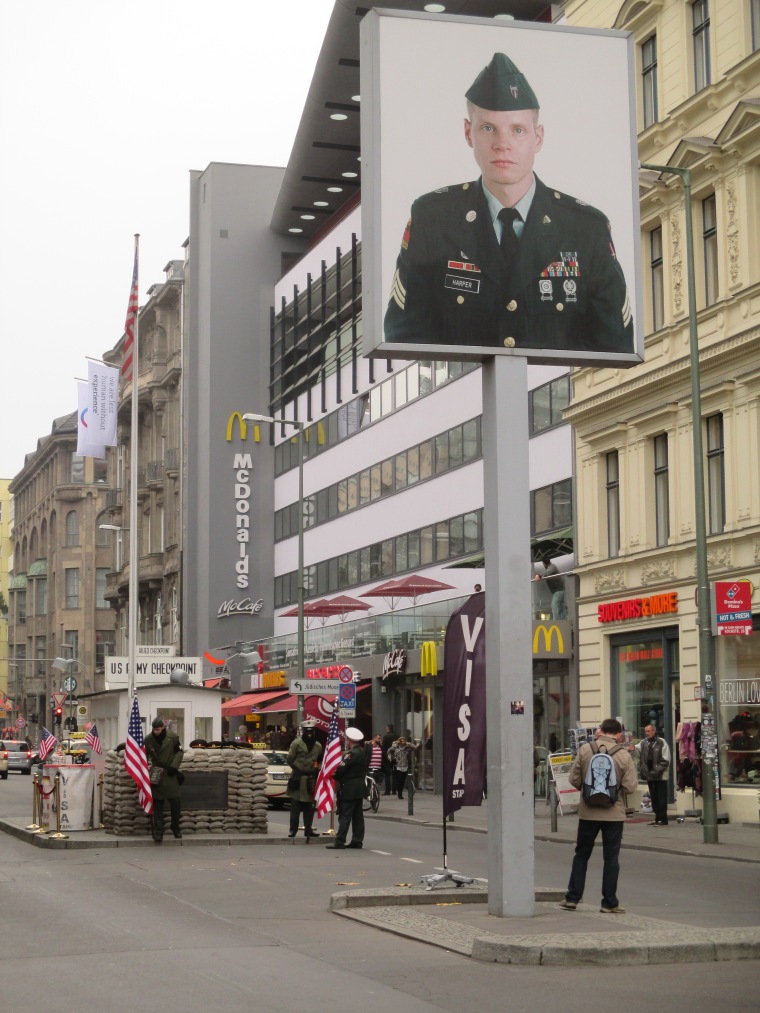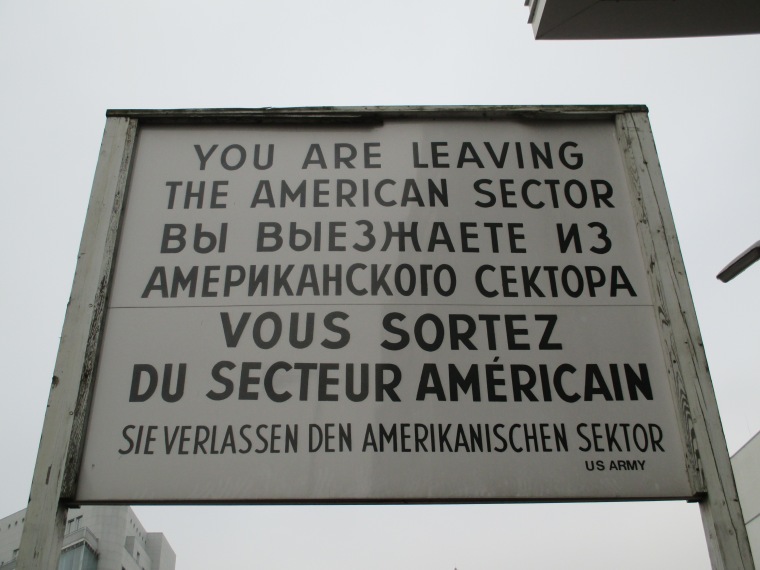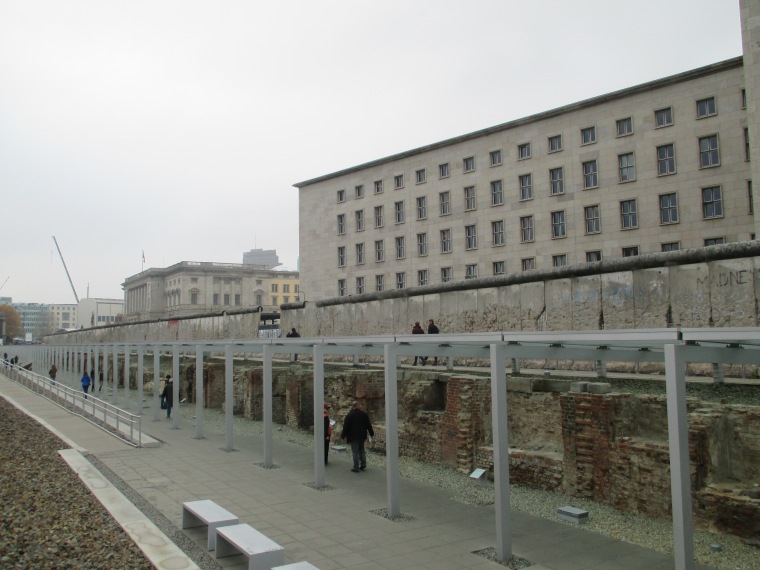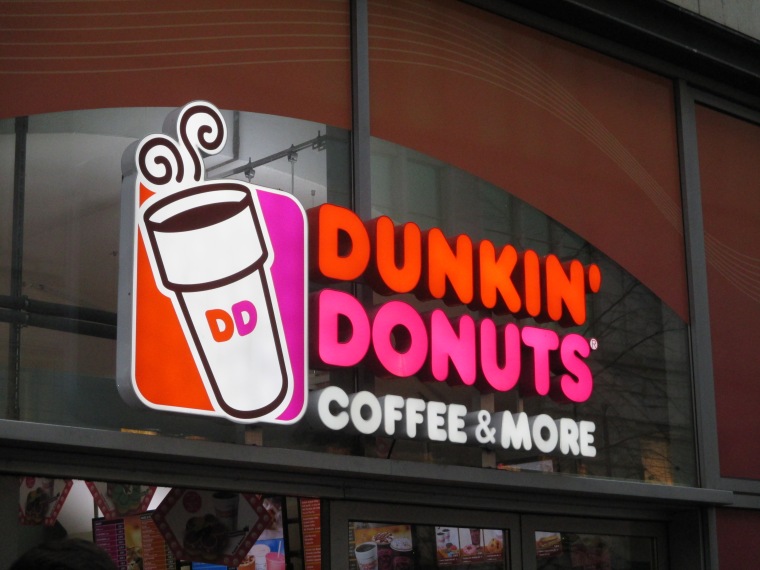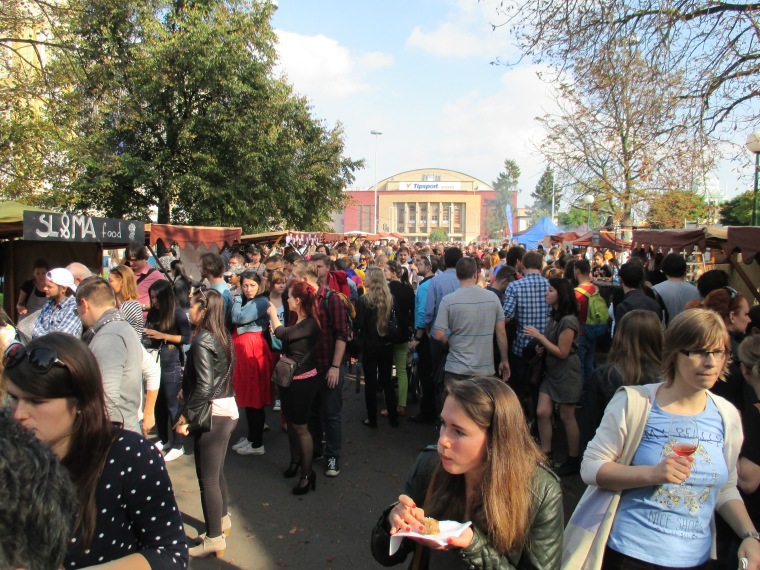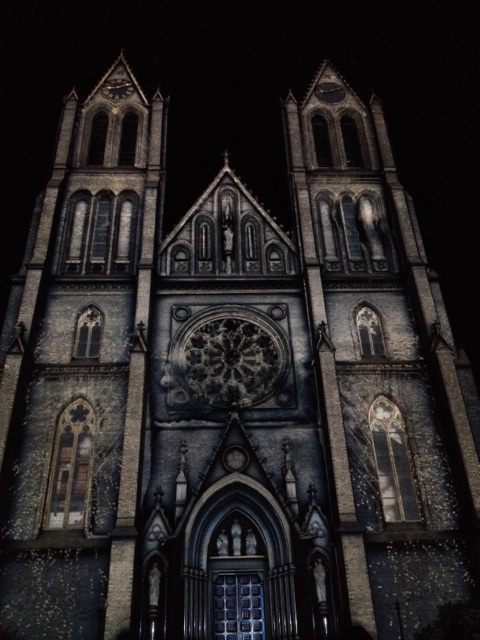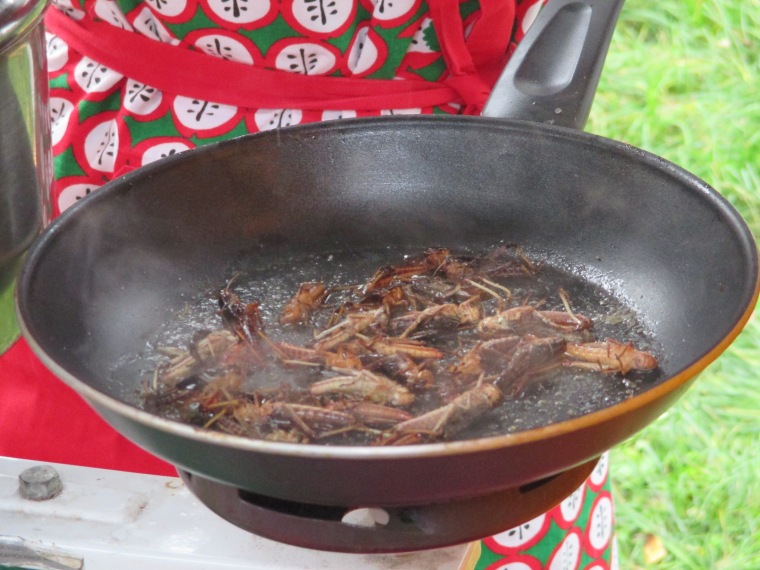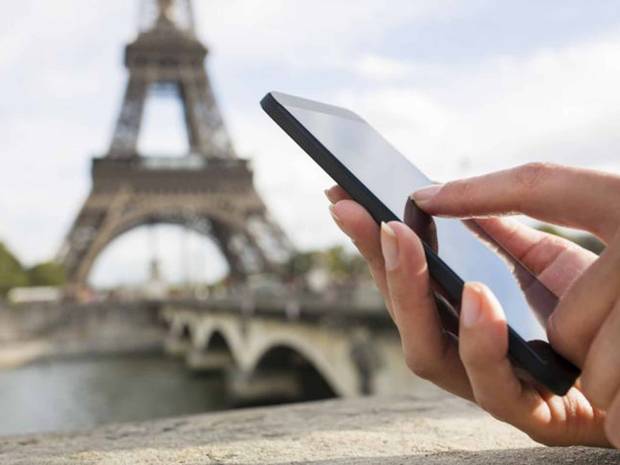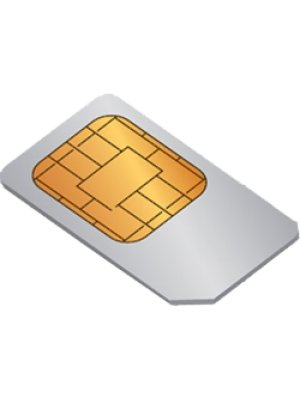“TEFL, TESOL, CETL, etc…” can all be acronyms used to describe certifications or designations awarded to people who end up teaching English as a foreign language. When I originally thought about teaching, I imagined sitting in a classroom all day with groups of students. However, upon researching what type of classes, lessons, and opportunities are available, I was surprised by the options available.
Type of TEFL Certification Courses: Online vs. In-Person
While more and more countries are requiring some sort of certification showing that you have the necessary qualities to teach English, depending on where in the world you’d like to teach, you may be ok without getting any certificate! A TEFL certificate almost always gives you an advantage over those without one, and in Prague, most reputable companies require a certificate. Some TEFL courses are accredited by an external organization (Trinity or IATQuO-The International Accreditation of TESOL Qualifying Organizations) so do your research before choosing a program.
Online courses give you more flexibility to complete the materials and requirements on your own time (and you can do it anywhere with an internet connection). However, if you are someone who needs deadlines and are prone to procrastination, this may not be the best option for you. While it can be less expensive as there are not as many overhead costs (e.g. physical classroom), you also miss out on more face-to-face interaction and actual teaching practice.
In-Person. I took a course in-person, which offered 120+ hours in which you go through a variety of language topics, techniques, and live practice. In-person classes also give you opportunities to put teaching theory into practice and experience various classroom situations. The types of scenarios you may encounter in your teaching practice will help you adjust and adapt to the classes you will have once working for a language school or company. In-person courses are also held all over the world. I originally considered taking a course at home but when I factored in the cost of rent, food, transport, etc, it would cost about the same to do it overseas (minus the plane ticket). Doing so allowed me to experience a new culture, city, and environment at the same time!
Types of work
So you have the TEFL and now you’re wondering, what next? Well, there are a few options to choose from:
–Teach in a Traditional School. You work for a private language school teaching young children throughout the day (most likely in groups). There are also after-school opportunities as well. A teacher is typically paid a fixed monthly salary and are usually paid for holidays.
–Cooperation with a Corporate Language School. This is a popular option in some countries. Basically, you work for a language school that has contracts with various corporations and clients. You travel to that place of business and teach on-site (compared to one location at a traditional school). Typically, class sizes are small, and can range from 1-8 students/adults. You have a much more flexible schedule but are not guaranteed pay unless you teach a lesson or if the student cancels late (usually less than 24 hour notice).
–Private Tutoring. While being a freelancer can be the most lucrative, it does take some time to build up a steady client base. But I have friends who have done well with this route even though there is no guarantee of steady income should your student decide to quit.
Types of lesson
English lessons come in a variety of shapes and sizes. I have had everything from a morning coffee conversation courses to exam preparation. However, these are all variable due to the needs of the students, which is identified at the onset of each course. While the material may change and the focus can shift, constant revision and checking with the student is important. Otherwise, you may end up with a dissatisfied student.
Conversational: Conversational lessons do not simply mean “come and talk about anything”. There should always be some objective behind the lesson, such as practicing a specific grammar point or building specific vocabulary. Other times, it is important for the student to improve their pronunciation and understanding where to stress the words, etc. Throughout each lesson, the 80/20 rule should apply here, where the student talks for 80% of the lesson, and the teacher talks 20%, usually during error correction and asking questions.
Developed Lesson Plans: Mot common with traditional classroom/group courses. You may follow an official book with specific topics and lesson activities pre-made for you.
Exam Prep: Sometimes, students are required to pass exams to achieve a certain level of proficiency while at their employer. With many international companies in Prague, most companies have their employees speaking several languages, and obviously English is the most common after the mother tongue of Czech. These exams have 4 parts: speaking, listening, reading, and writing so these courses should focus on practicing each of these areas.
Other Notes:
Many classes are either 45,60,90 minutes long.
You will find many young, recent college graduates doing this to gain experience living in another country, learning about a new culture, and taking some time to figure out their next steps. Other times, you find older adults who are taking a break and sharing their experience and skills from the business world.
While the pay is not what you may be used to at home, cost of living is also different.
Teaching has given me a perspective on life and culture in another country that I do not think any other job could offer. I have had the pleasure of meeting and working with so many great students and am grateful for not only the opportunity to teach them, but also for what they have been able to teach me about myself and life in general.
Disclaimer: This article is based upon my research and knowledge of TEFL. It should only be used as advice and is not professional information. Each situation carries its own set of variables and may need to be handled differently.







